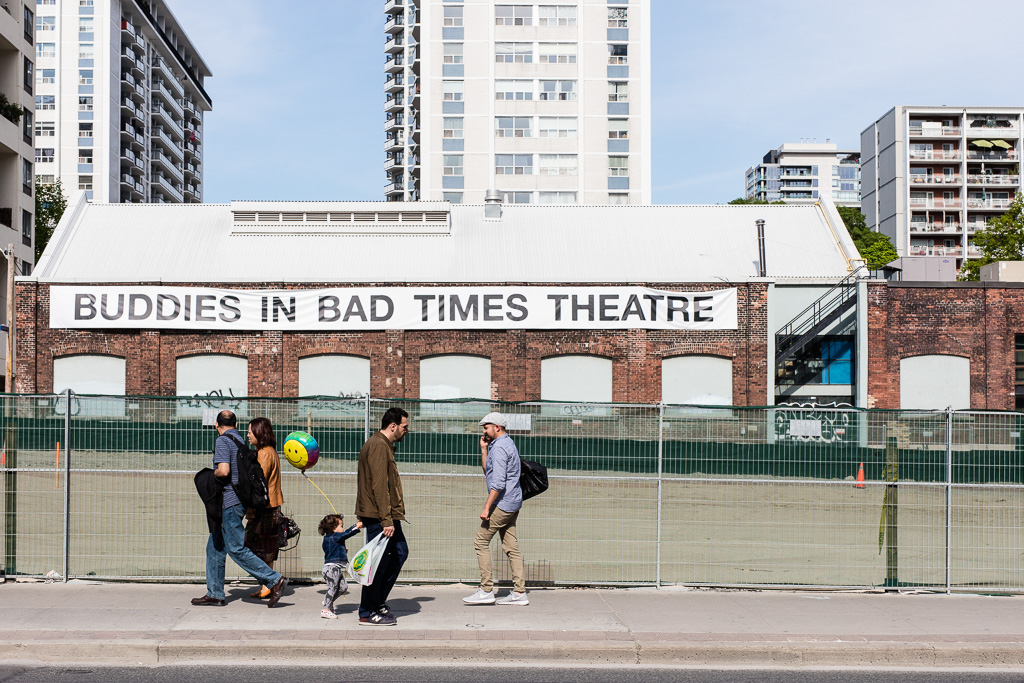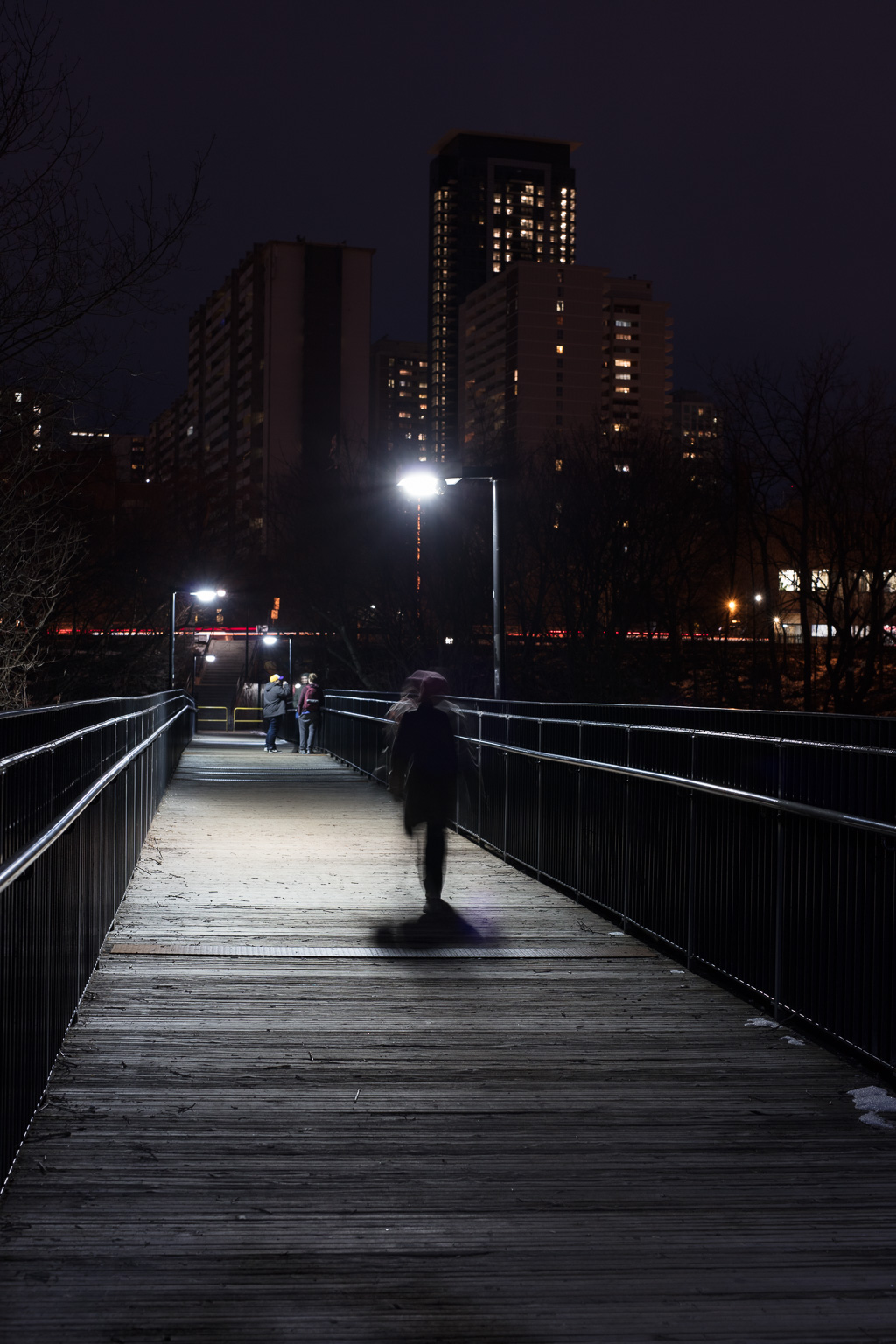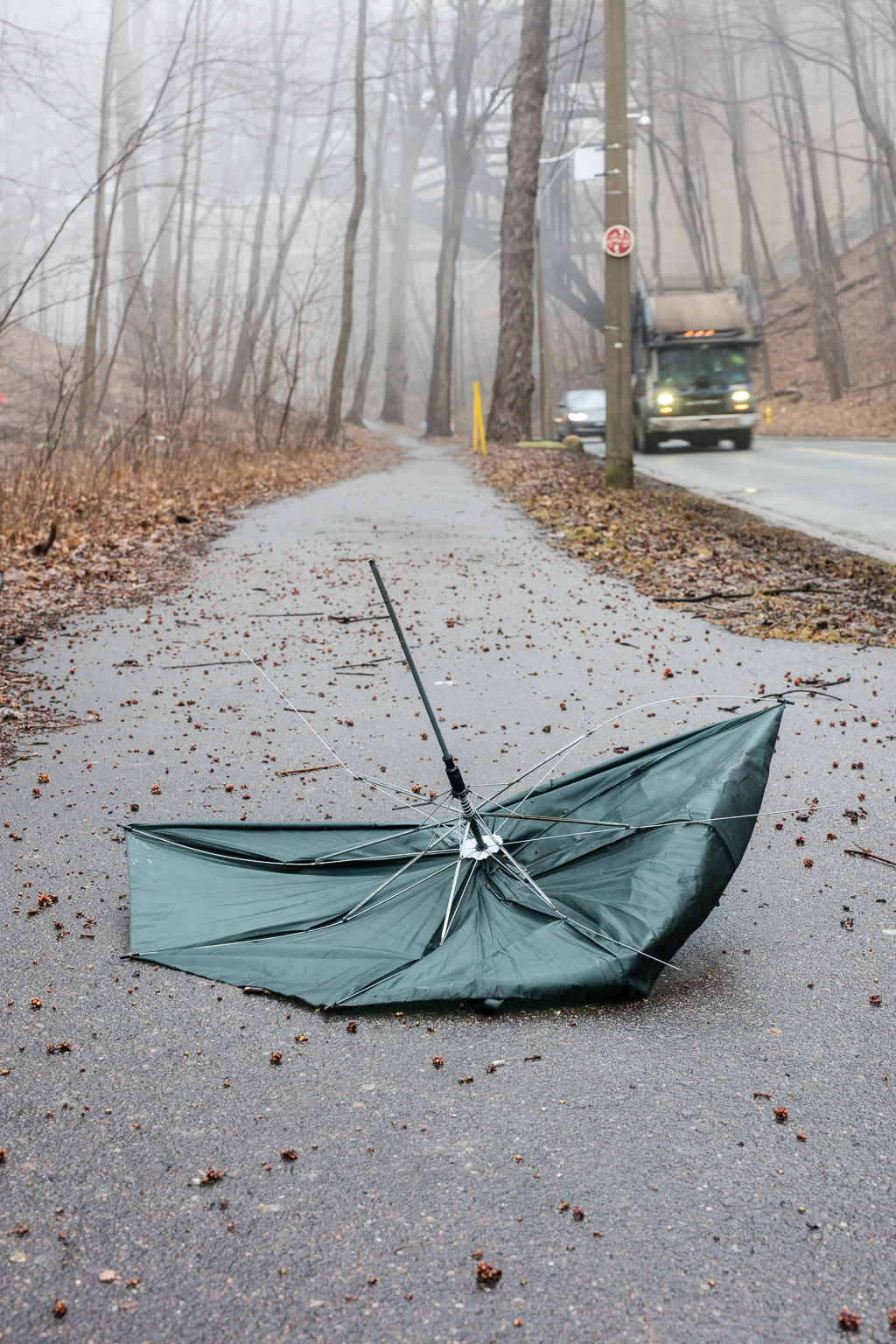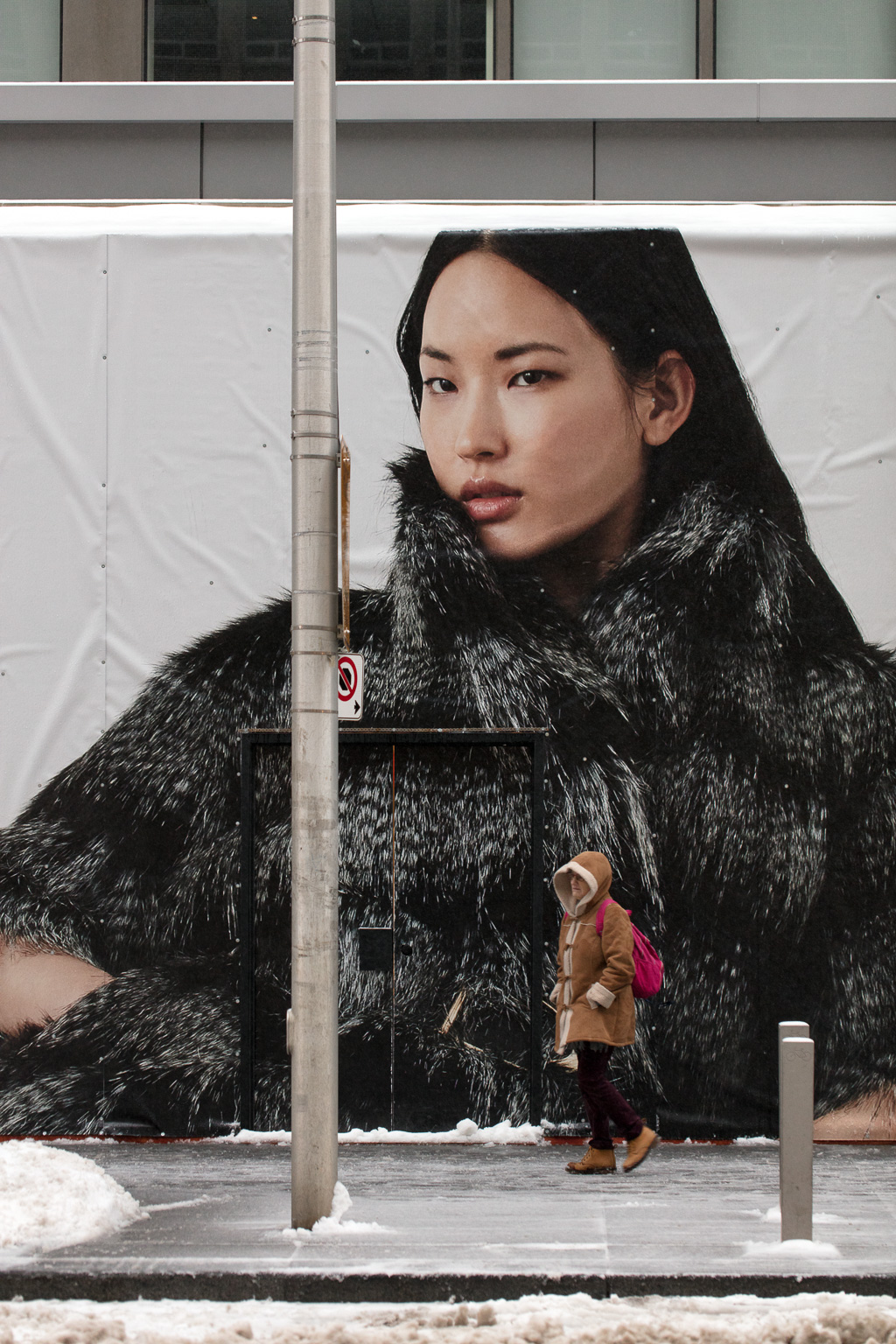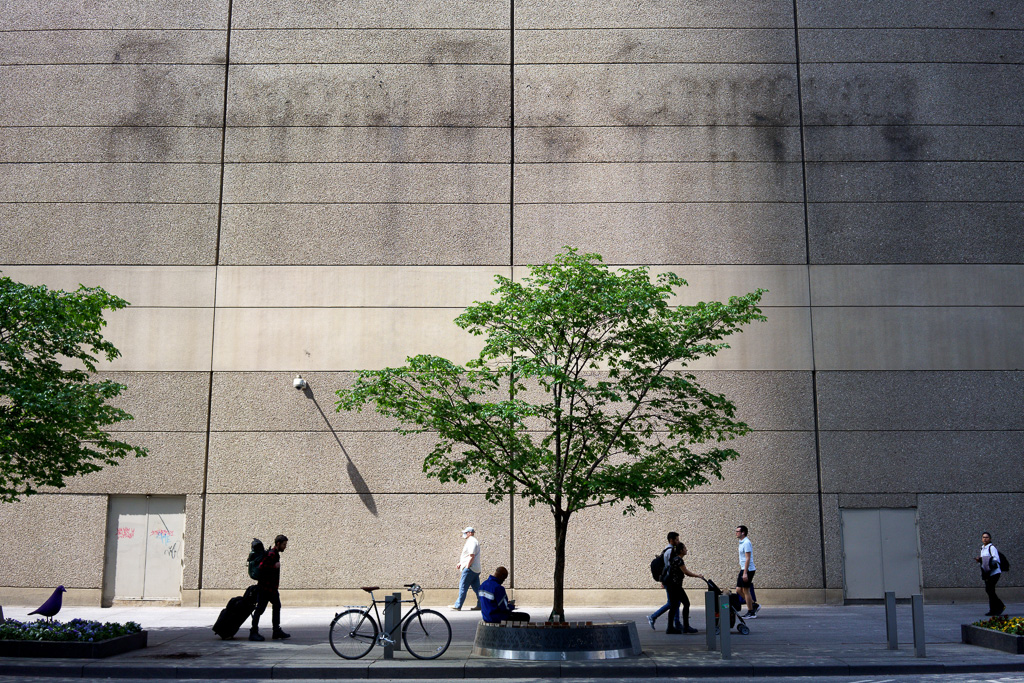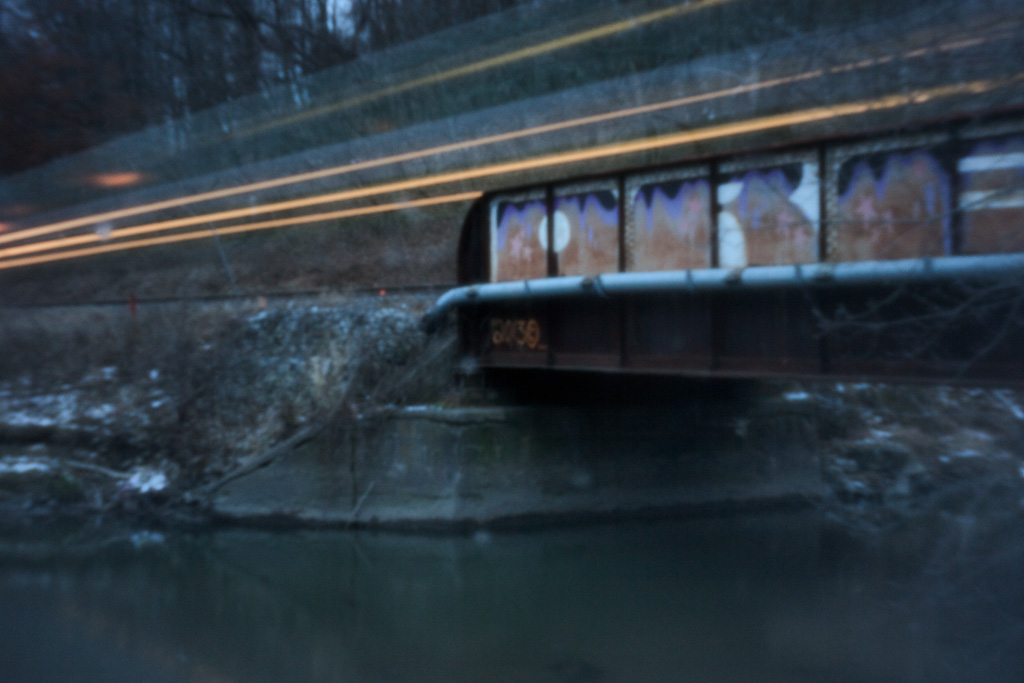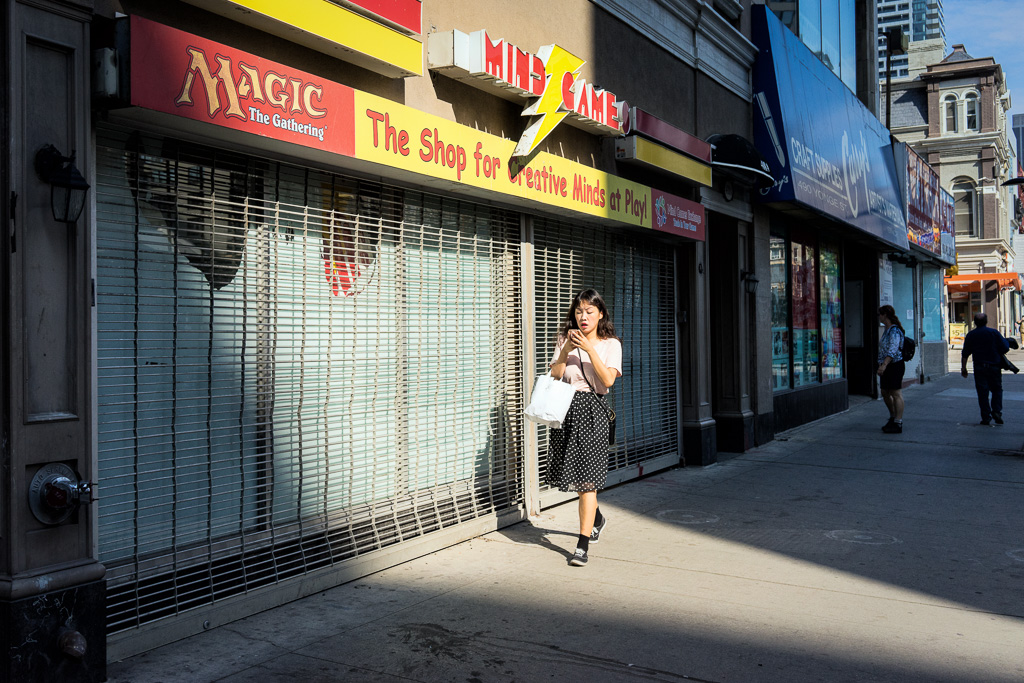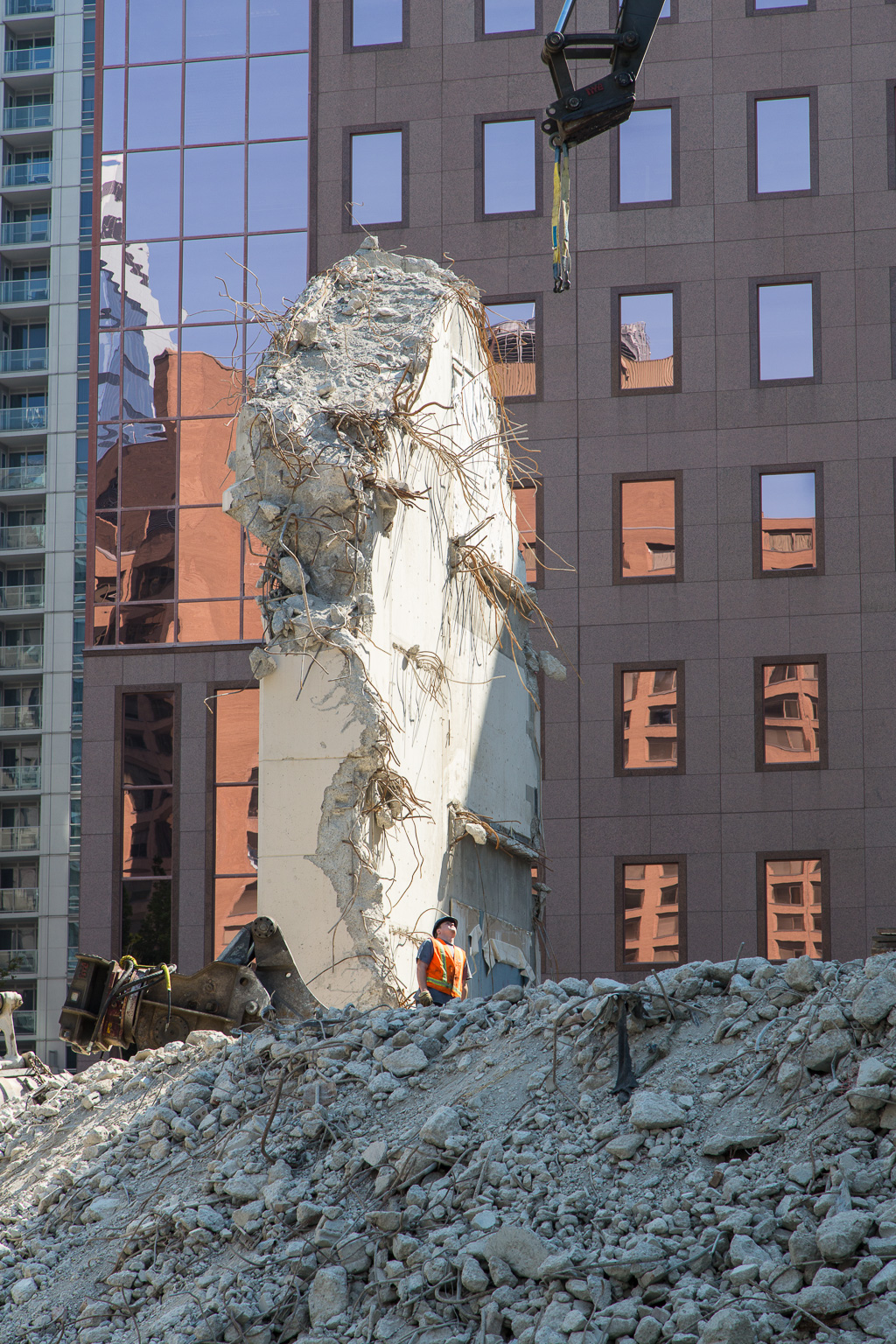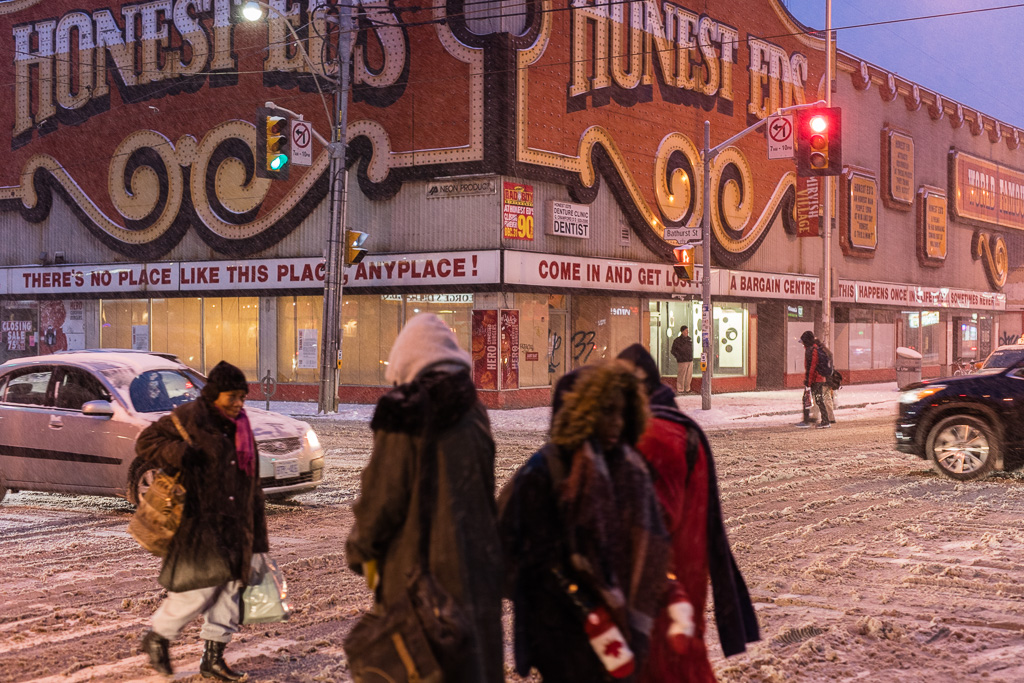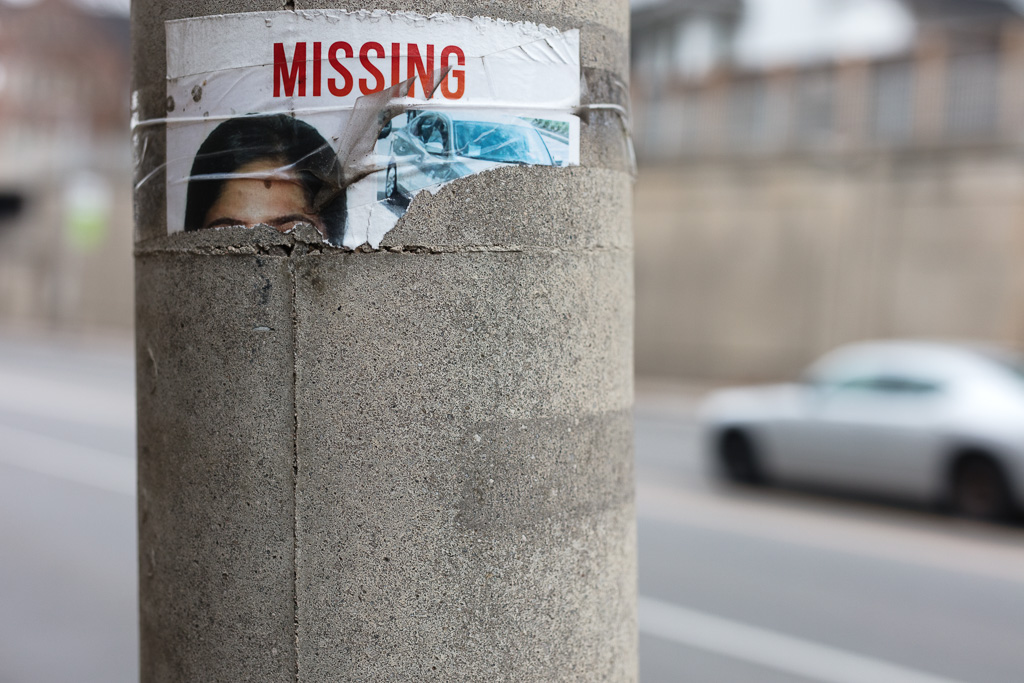You know what gives me joy? Living in the midst of crap scattered everywhere. That’s what gives me joy.
I revel in creative chaos. There is a delicious pleasure in disorganization. It’s impossible to accomplish anything of substance without the nourishment of a messy desk.
Didn’t life begin in chaos? An ocean swirling with amino acids? The random collision of molecules energized by solar flares and lightning strikes? Life from chaos. The generative impulse.
The declutter movement aims for the opposite of creativity. Spare spaces. Clean lines. Organized closets. To me, these words suggest sterility. They suggest the rooms where imagination goes to die.
I see the eyebrows rise. After all, to speak harshly about the patron saint of orderly shoe racks verges on heresy. What am I? Some kind of consumerist who wants to swim in an accumulation of stuff?
Quite the opposite, I would argue. What kind of a sick mind would tell us we should only keep the things that bring us joy? Isn’t that the very essence of consumerism? To find joy in stuff?
In fact, environmentalists tell us that the declutter movement brings to light the very worst of our consumerist habits. When we get rid of our stuff, we transfer almost all of it to landfill sites. It would be better to repair it. Or repurpose it. Or find other people who can use it. But most declutterers never do these things. They just want to get rid of their stuff. And as quickly as possible.
For my part, I will treat my accumulated stuff as if it were a primordial soup. A place to birth creative ideas. Poems. Stories. Art projects.
Fuck Marie Kondo.

